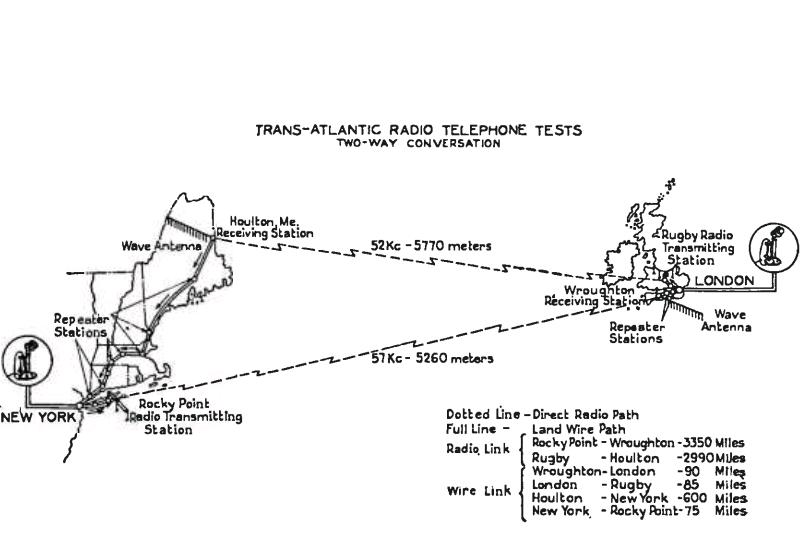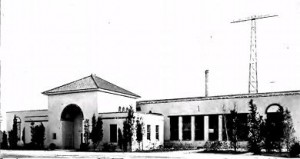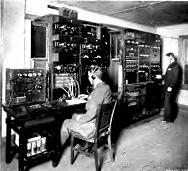Most hams think of single sideband (SSB) voice as being a relatively modern development. It became the prominent voice mode in the 1960’s and 1970’s. But it actually dates back much earlier than that, and was in use 90 years ago, as shown in the June 1926 issue of Radio Broadcast magazine. The article describes the transatlantic radiotelephone circuit between New York and London, operating on 52 and 57 kHz.
Despite the low frequency, the circuit had reliability of about 95%. The amazing reliability of this longwave circuit is explained by two factors. First of all, brute force power was available when needed. During the nighttime hours, much lower power could be used, but the transmitters were capable of up to 150,000 watts. And to maximize efficiency, the circuit used single sideband.
On the American side, the transmitter was located at Rocky Point, New York, and the receiving station was at Houlton, Maine. In England, the transmitter was at Rugby, and the receiver was at Wroughton, both near London. The telephone audio was initially modulated onto a 30 kHz carrier, resulting in an AM signal on that frequency. A filter was used to remove the carrier and upper sideband, and that signal was then mixed with a carrier of 90 kHz. This resulted in two SSB signals, at approximately 120 kHz and 60 kHz, as d to suppress the 90 and 120 kHz signal, leaving only the SSB voice signal on 6well as the 90 kHz carrier. Another set of filters were use0 kHz. This signal went through as many stages of linear amplification as necessary, to produce 750, 15,000, or 150,000 watts. At the receiver, a BFO carrier was introduced, making the signal audible once again.
The article conceded that the system had not yet reached full commercial usefulness:
For ordinary messages of greeting, the apparatus of to-day is adequate, when conditions are favorable, but the commercial possibilities of transatlantic telephony will not be fully realized until the system is perfected to a degree that it can be used without flaw for business, news, and official conversations. This requires an adequate degree of secrecy, adding still further complications.
Click Here For Today’s Ripley’s Believe It Or Not Cartoon
![]()



